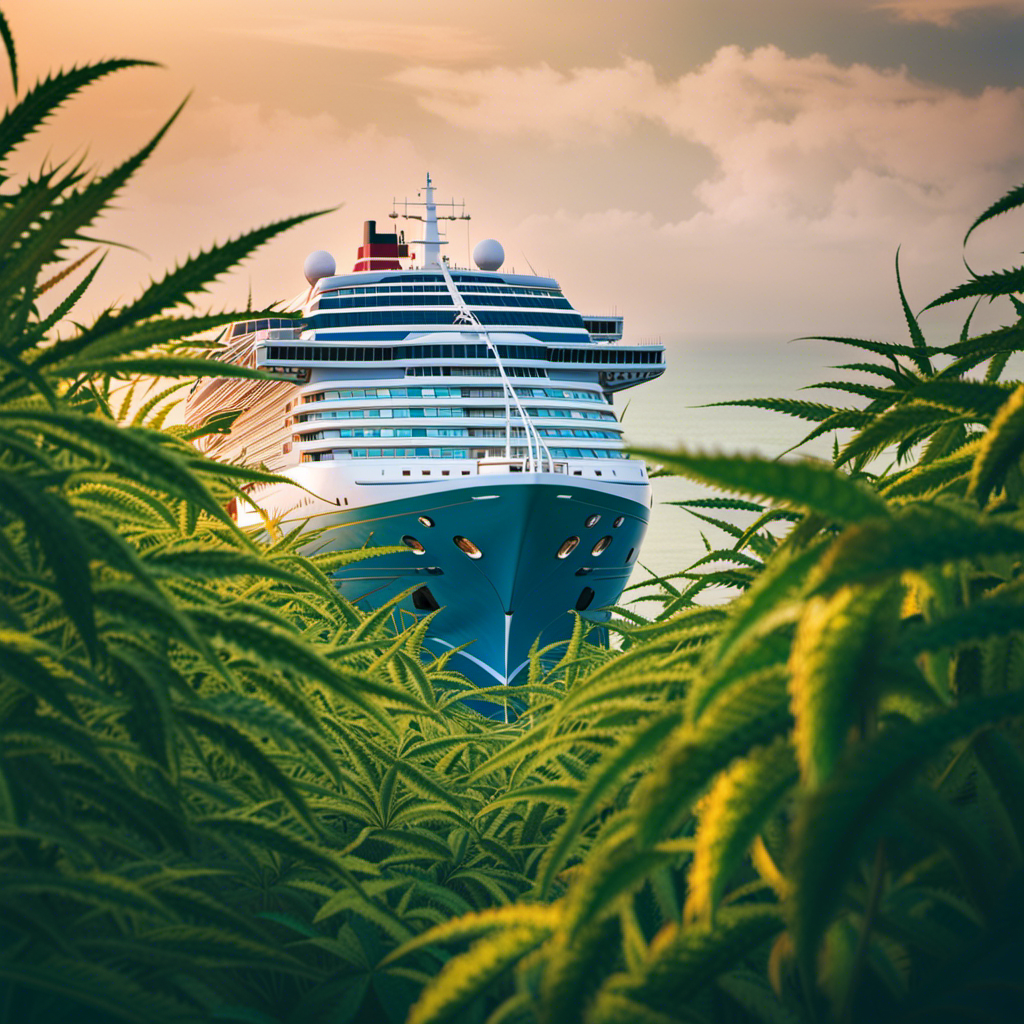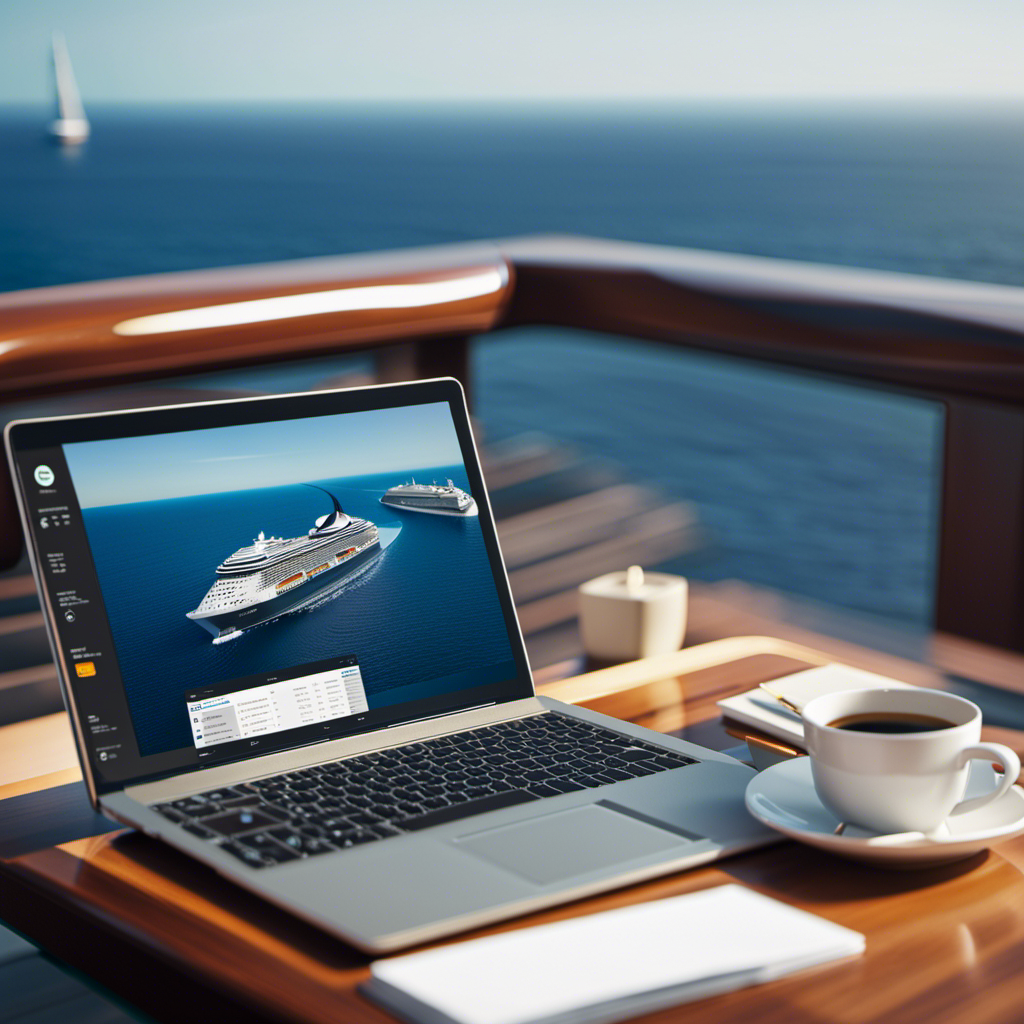As a travel enthusiast and advocate for environmentally friendly tourism, I am thrilled that the cruise industry is adopting measures for environmental improvement. Several cruise lines are introducing vessels fueled by LNG, representing a progressive shift towards a more eco-friendly future for our oceans.
These ships utilize liquefied natural gas as fuel, offering numerous benefits in terms of reducing emissions. With LNG, carbon emissions can be cut by approximately 30%, sulfur emissions by nearly 99%, and nitrogen oxide emissions by 85%. Not only that, but LNG-powered ships also boast lower maintenance and operational costs, making them a win-win solution for both the environment and the industry.
Cruise giants like Carnival Corporation, AIDAsol, and Royal Caribbean are leading the charge in adopting this eco-friendly technology. Moreover, new advancements such as solid oxide fuel cell technology and shore power connectivity are being implemented to further reduce emissions.
This transformative shift towards LNG-powered ships marks a significant step towards a more sustainable and responsible cruise industry.
Key Takeaways
- Introduction of LNG-powered ships in the cruise industry
- Reduction in carbon, sulfur, and nitrogen oxide emissions
- Lower maintenance and operational costs compared to traditional fuel-powered ships
- Advancements in technology, such as solid oxide fuel cell technology and shore power connectivity, leading to a more sustainable and environmentally-friendly cruise industry.
LNG-Powered Cruise Ships
I think LNG-powered cruise ships are an exciting development in the cruise industry’s efforts to become more eco-friendly. These ships are part of the sustainability measures implemented by cruise lines to minimize their environmental impact.
LNG fuel reduces carbon emissions by approximately 30%, sulfur emissions by nearly 99%, and nitrogen oxide emissions by 85%. This not only contributes to reducing the industry’s carbon footprint but also improves air quality in port cities.
LNG-powered ships also have the advantage of lower maintenance and operational costs compared to traditional fuel-powered ships.
Looking towards the future, these ships pave the way for a greener cruise industry, aiming for zero-emission operations. With the incorporation of technologies like solid oxide fuel cells and fuel cell technology, the future prospects for LNG-powered cruise ships are promising.
Benefits and Advantages
Lower maintenance and operational costs are key advantages of using LNG as fuel for cruise ships. In addition to the environmental benefits, the adoption of LNG-powered ships by cruise lines has proven to be economically advantageous. The lower maintenance costs can be attributed to the cleaner burning nature of LNG, which results in reduced wear and tear on the ship’s engines and components. Furthermore, the operational costs are significantly reduced due to the lower price of LNG compared to traditional marine fuels. This cost savings allows cruise lines to allocate more resources towards enhancing the passenger experience and investing in new technologies. Speaking of new technologies, the cruise industry is constantly evolving and exploring innovative solutions. For instance, MSC World Europa is set to use solid oxide fuel cell technology, while Royal Caribbean’s Icon of the Seas will utilize fuel cell technology and shore power connectivity. These advancements not only contribute to a greener future, but also help cruise lines stay ahead in the competitive market.
| Advantages of LNG-powered Ships |
|---|
| Lower maintenance costs |
| Reduced wear and tear on engines and components |
| Lower operational costs |
| More resources for passenger experience and innovation |
| Contribute to a greener future and stay competitive |
Environmental Impact and Goals
With the implementation of LNG fuel, the cruise industry sets sail on a greener voyage, leaving behind a trail of reduced emissions and a horizon of zero-emission aspirations. LNG-powered cruise ships have made significant strides in reducing the industry’s carbon footprint. By using LNG fuel, these ships can achieve nearly 30% reduction in carbon emissions, as well as almost complete elimination of sulfur emissions and a significant decrease in nitrogen oxide emissions.
However, the industry’s commitment to the environment doesn’t stop there. Cruise lines are actively exploring additional measures to further reduce their environmental impact. Zero emission initiatives and future developments include the adoption of shore power connectivity, which allows ships to plug into onshore power grids while in port, effectively reducing emissions. Waste heat recovery systems are also being implemented to capture and reuse energy that is typically lost during ship operations.
With these efforts, the cruise industry is heading towards a more sustainable and environmentally-friendly future.
Frequently Asked Questions
How do LNG-powered cruise ships compare to traditional diesel-powered ships in terms of performance and speed?
LNG-powered cruise ships outperform traditional diesel-powered ships in terms of performance and speed. Additionally, they offer environmental benefits such as reduced carbon, sulfur, and nitrogen oxide emissions, making them a more sustainable option for the cruise industry.
Are there any challenges or limitations associated with using LNG as a fuel for cruise ships?
One challenge with using LNG as fuel for cruise ships is the limited availability of LNG bunkering infrastructure in ports. This can restrict the routes and destinations for LNG-powered ships, impacting their operational flexibility.
How does the cost of LNG fuel compare to traditional fuels used in the cruise industry?
In terms of cost comparison, LNG fuel is generally more expensive than traditional fuels used in the cruise industry. However, the lower maintenance and operational costs of LNG-powered ships can offset this higher fuel cost. Additionally, the environmental impact reduction makes it a worthwhile investment.
What is the infrastructure required to support LNG-powered cruise ships in terms of refueling and storage facilities?
To support LNG-powered cruise ships, a robust refueling infrastructure and adequate storage facilities are required. This includes LNG bunkering stations, specialized storage tanks, and proper handling equipment to ensure safe and efficient operations.
Are there any safety concerns or regulations specific to LNG-powered cruise ships?
Safety concerns and regulations for LNG-powered cruise ships include proper training for crew members, emergency response plans, and adherence to international standards. Performance and cost comparisons show that LNG fuel is a safe and cost-effective option. Infrastructure requirements include LNG storage and refueling facilities.










